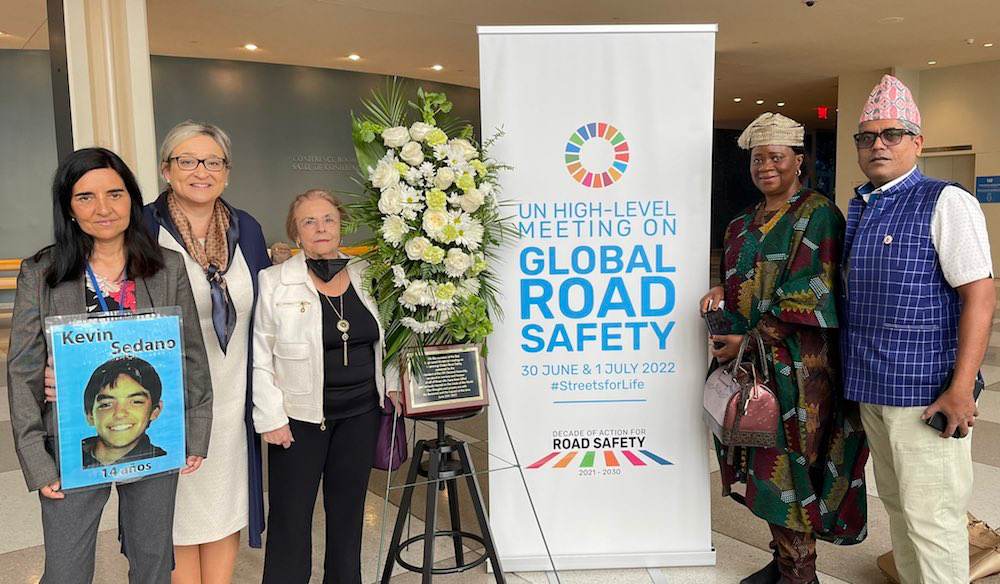
A high-level general assembly declared a commitment to improving global road safety by halving road traffic deaths by at least half. 90% of the world’s road fatalities occur in low to middle-income countries. A unanimous agreement saw 193 delegates agree to drive the implementation of the global strategy by the year 2030.
The assembly is committed to taking a ‘safe-system’ approach that focuses on the infrastructure design and engineering of roading systems worldwide, and to apply the industry’s best practices to address traffic infringements such as driving under the influence, and safety restraints for children, helmets and safety belts. They also concurred on collaborating on road safety mechanisms and technical standards and will reconvene at another assembly for global road safety in 2026 to review progress.
The opening remarks from UN Secretary-General Antoniao Guterres referred to road accidents as a silent epidemic.
Every year 50 million people are seriously injured and 1.3 million people are killed. Road accidents are also the leading cause of death for young people between the ages of 5 to 29 years. Even more shocking is that 90% of the deaths could have been preventable. It was pointed out that most fatalities are closely linked to poor infrastructure, lack of urban planning and persistent inequalities in social protection and the health care system.
Driving awareness in each country is essential to reaching reduced road fatalities by 2030 and requires integrating national road safety policies in all industry avenues from education to land-use planning and disaster response.
Special Envoy of the Secretary-General for Road Safety, Jean Todt cited the progress on road safety as unacceptable. Using Africa as an example, he highlighted that the country has only 2% of the world’s vehicles, yet the world’s highest number of crashes.
At the assembly, a number of different keynote speakers expressed their views, concerns and the efforts being taken to reduce casualties in their nation. The assembly concurred that road safety and sustainable development and improved urban design were linked to road infrastructure.
As a leader in a position of power and capacity to influence the purchasing decision, consider the difference GRT products have the ability to make to your local roads and highways in your area. Accidents are still going to happen when careless drivers flout the laws, but more robust and durable roads make for safer driving conditions.
Photo credit: UNSRC
Your feedback is important to us. If you enjoyed reading this Global Road Technology industry update and found it informative, please let us know by leaving a REVIEW.
Are environmental regulations, health and safety concerns or potential profit loss a concern right now?
Contact Us Now